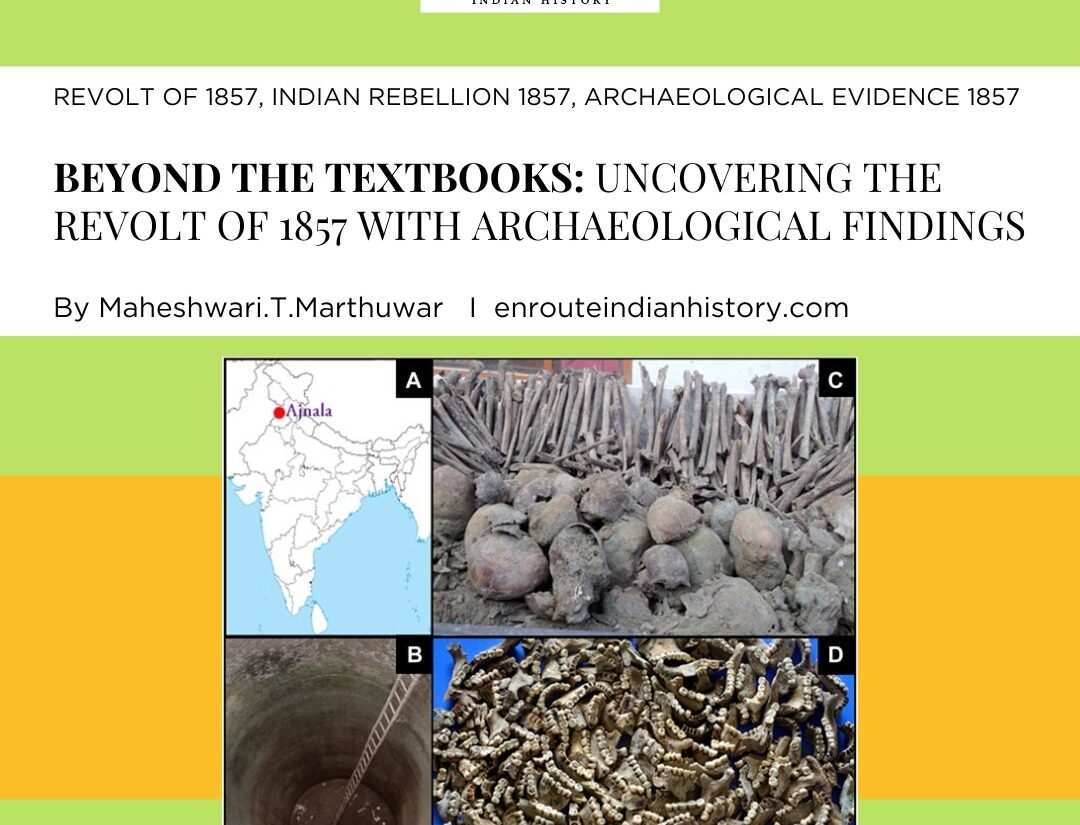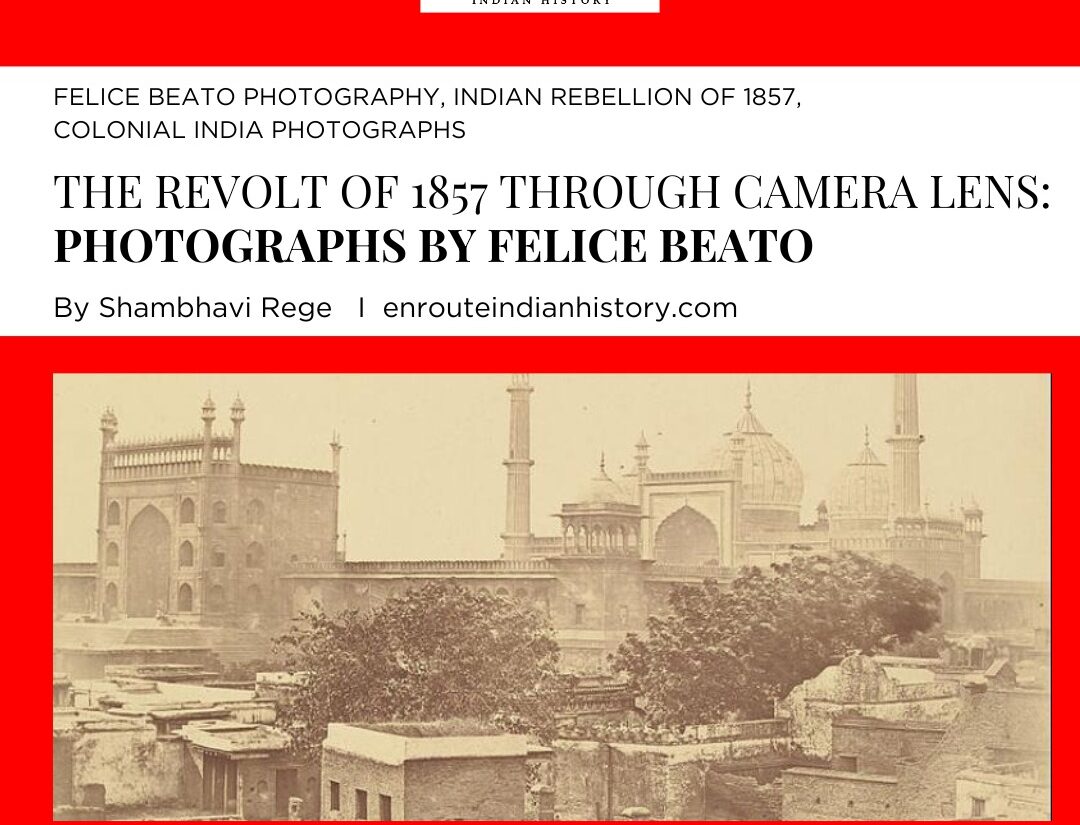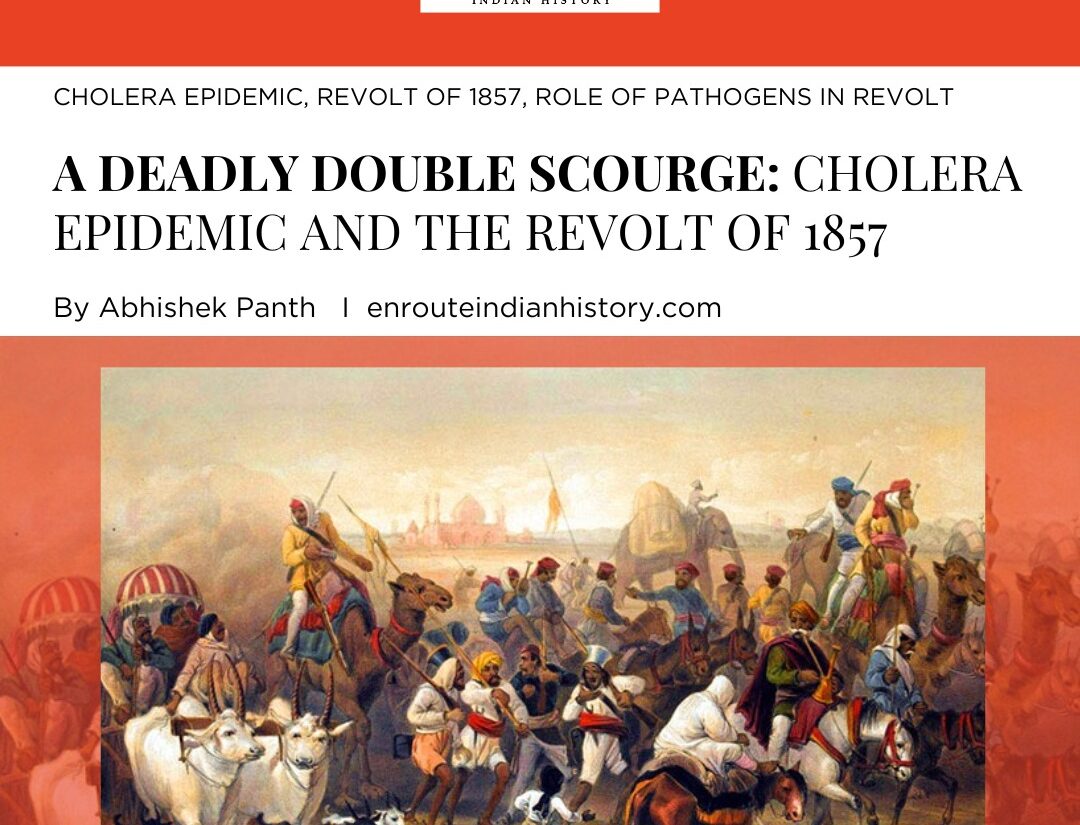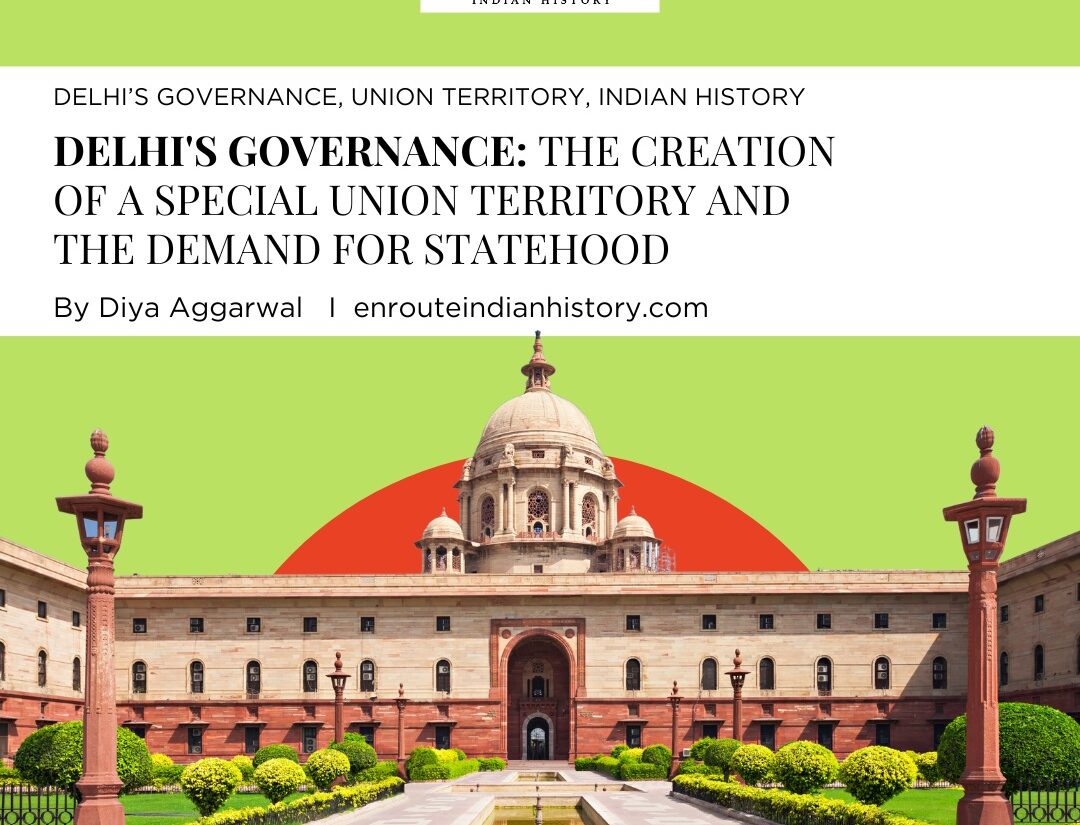How Utpal Dutta Interacted With The Jatra Pala By Revisiting The Revolt of 1857
- EIH User
- May 29, 2024


(Source: Times of India)
Itihasa and Sahitya have been interacting with each other throughout the ages. Itihasa always gives us hardcore information from the past whereas Sahitya depicts that hardcore information and adds theory and human activities with the information to transform it into a novel, drama, short story, or poem. History or Itihasa is an integral part of the literature or Sahitya. However, the assimilation of tottwo-tothyo-monostottwo successfully forms beautiful literature, and the tothyo means information is collected from history. There are so many examples in Bengali literature, where different literatures had formed the basis of the
historical events.
Bengali Theatre and Revolt of 1857:
It is known from the history of Bengali theatre that historical drama started to be performed in the last part of the nineteenth century but the theatre practitioners, directors, and writers had started owning historical dramas to inculcate patriotism in the people’s mind to fight against the colonial laws especially, Bongobhongo in the twentieth century. Joytirindro Nath Tagore had written some plays based on historical events, still, Girish Ghosh plays gained more popularity in the first decade of the 20th century. Besides Girish Chandra Ghosh, Dijendralal Roy was an important writer of that time and his plays on patriotism were popular. ‘Pratap Singh’, ‘Noor Jahan’, ‘Mebarer patan’, and ‘Shah Jahan’ were written by D.L. Roy. There are so many dramas which were written by different playwrights. The anti-colonial statement was found in Dinabondhu Mirta& ‘Neel Dorpon’ which was written in 1860, four years after the Sepoy mutiny. However, the revolt of 1857 did not affect Bengali theatre at that time, that why it is difficult to find any prominent play on the event except Atulkrishna Mitra Nirbasito Deep’ which was written in 1283 according to the Bengali calendar. This play was based on Nana Fadnavis and Laxmi Bai and through this drama, the writer expressed his anger against the British rulers. Babu-bhadralok-centric Bengali theatre would not pen any drama on the sepoy mutiny, it is normal but for Jatra, it was quite unpleasant to not leave such literary evidence on the revolt of 1857 at that time because Prachin Jatra was not controlled by upper-class babu, it was very much connected to the lower class people.
Utpal Dutta and Revolt of 1857:
Post-independence era, Utpal Dutta entered into Jatra and adopted different historical events to raise the voice against state oppression. In the year 1973, he penned and performed Mahabidroho Natok which was based on sepoy mutiny but when he shifted to Jatra, he had written two Jatra pala based on the revolt of 1857. Those are ‘Kuthar’(1980) and ‘Bibighar’.His Jatra pala-s are not different from his plays, he puts his Marxist ideology into it. Even, he does not include Bibek in his Jatra which is an important character of traditional Jatra. Rather through his Jatra, he tried to project an alternative political point of view and his
political narrative in post-70th Bengal, especially the ideology of Utpal Dutta is presented in his Jatra ‘Kuthar’.Kuthar: In his Jatra ‘Kuthar’, Dutta sketched his character in the light of the revolt of 1857 where he also brought the farmers to fight against the British power under the leadership of KunwarSingh, the zamindar of Jagdishpur, Bihar. Dutta’s character Shiu identified himself as an illiterate farmer whereas Ramdin represented the soldiers who worked under British officers in different posts. On the same page, the writer portrayed Kunwar Singh from the Marxist angle, the zamindar who is completely declassed from his status and also carried heavy carriages, like his workers for the preparation of the war. Dutta did not stop here, he showed us that the zamindar of Jagadishpur always stands for his fellows even in front of the British officers. Here, Utpal Dutta created a scene of taunting the British officers for their white superiority by the followers of Kunwar Singh that scene not only imagery of showing the power of the poor native Indians in front of the white power colonial rulers but it is also an engaging scene for the Jatra audience by using subtle humor. Shifting from male characters to women, he created Dharman Bibi and Ramdulali as strong women who did not upset or cry only for their loss, they tried to fight back and talked about revenge, especially Dharman
Bibi who is portrayed as a work-class woman and due to her class identity, she is much more brave than Ramdulali. Dutta stands against the traditional Jauhar narrative, through her dialogue. Utpal Dutta also maintained the post-70th contemporary narrative of Bengal by opposing the Mahajani system which is considered as a part of feudalism. He portrayed Suhananda, as a greedy moneylender who stands for the British to fulfill his interest. Resistance and humor are the biggest points of this Jatra, in many scenes, the writer shows to the audience with the help of his characters. Even in one scene in act three, Dutta successfully
trapped Sukhananda in his own trap by using the characters of Kunwar, Nishan, and Bhika and they used the power of resistance of native Indians. Utpal Dutta depicted the character of William Tayler, the commissioner of Patna from history, and sketched him and other British officers with Shakespearean style and the characters of British officers are intellectual, cunning, shrewd, and brutal.

Kunwar Singh, The Rebel of Arrah
(Source: The Print)
Dutta did not divert from history. He had shown the power of resistance of the poor working class people for their liberation under the historical framework. Using strong Muslim characters like Peer Ali, the writer tried to indicate the communal harmony of India. The dialogues of Peer Ali represent the unity of India which is unbreakable and any cunning plans by state power cannot break the unity. In his Jatra ‘Kuthar’, Utpal Dutta showed the power of the poor working class people for their liberation against the powerful colonial ruler by achieving victory, even in the exit scene of Kunwar Singh, he presented it as a hero whose life is dedicated to the liberation. Dutta had chosen a less-popular character of mutiny to tell his audiences the story of courage and the resistance of people against state power.
Other Plays:
In his other popular play ‘Mahabidraha’, Dutta set up the story on the ground of the 1857 mutiny. Primarily he named the play ‘Tota’ and then changed it into ‘Mahabidraha’. He also wrote ‘Bibighar’ which is much more women-centric.

(Source: Telegraph)
Dutta 1970 Jatra March to Delhi
Utpal Dutta penned all his plays and Jatra under the Marxist ideology where he tried to present the victory of the working class people and those, who were fighting for independence from the oppressive system. According to him, the theatre is meant to him the weapon of political propaganda and should be used it as it is. He also believed the theatre can build a bridge between the audience and the practitioners because most of the people in our country cannot read and write, through the theatre they can watch and hear and also can relate with the characters, so the theatre needs to be popular in India. This perspective of Dutta had driven him towards the Jatra. He tried to create a parallel practice with the help of the local Communist party by performing in the Bookfair or any other program where monetary transactions would not involve the form of tickets; rather he preferred state
government grants to spread his Marxist propaganda.

A moment from Utpal Dutt’s play ‘Tiner Taloyar’ with Dutt at the centre.
(Source: The Hindu)
Reference:
Sinha, N., 1857. Forged Linkages and ‘Spectre’of 1857: A Few Instances from Bihar.
Revisiting. Available from: Forged_Linkages_and_the_spectre_of_1857-libre.pdf
(d1wqtxts1xzle7.cloudfront.net). [Accessed 25 May 2024]
Roy, O., 2022. Subverting Colonial Portraiture: Utpal Dutt's Revisionary Dramatization of
Political Violence, Anti‒Imperialist Solidarity and Nationalist Resistance in The Great
Rebellion. In Forum for World Literature Studies (Vol. 14, No. 4, pp. 587-602). Available
from: 1-230129103648.pdf (fwls.org). [Accessed 25 May 2024]
Delhi Theatre Guide, 2019. Intellectualizing theatre is a waste of time. Available from:
https://youtu.be/nZj1SBUTfok?si=sibWacIZew-9qD6F. [Accessed 25 May 2024]
Upadhaye. S., 2022. Kunwar Singh — Bihar zamindar who chopped off his arm while
fighting British during 1857 Mutiny. The Print. 26 April 2022. Available at:
https://theprint.in/theprint-profile/kunwar-singh-bihar-zamindar-who-chopped-off-his-arm-
while-fighting-british-during-1857-mutiny/931053/. [Accessed 25 May 2024]
Dutta, U., 2013. Natak Samagra Vol. 10. Kolkata. Mitra & Ghosh Publishers. [Accessed 25
May 2024]
Sarkar, P., 2019. Natmancha Natyaroop. Kolkata. Dey’s Publishing. [Accessed 25 May
2024]
Bandyopadhyay, S.,2012. Utpal Dutta O Taanr Theatre. Kolkata. Papyrus. [Accessed 25
May 2024]
Bandyopadhyay, A.,2017. Bangla Sahityer Sampurna Itivritta. Kolkata. Modern Book
- May 29, 2024
- 8 Min Read
- May 29, 2024
- 14 Min Read





















